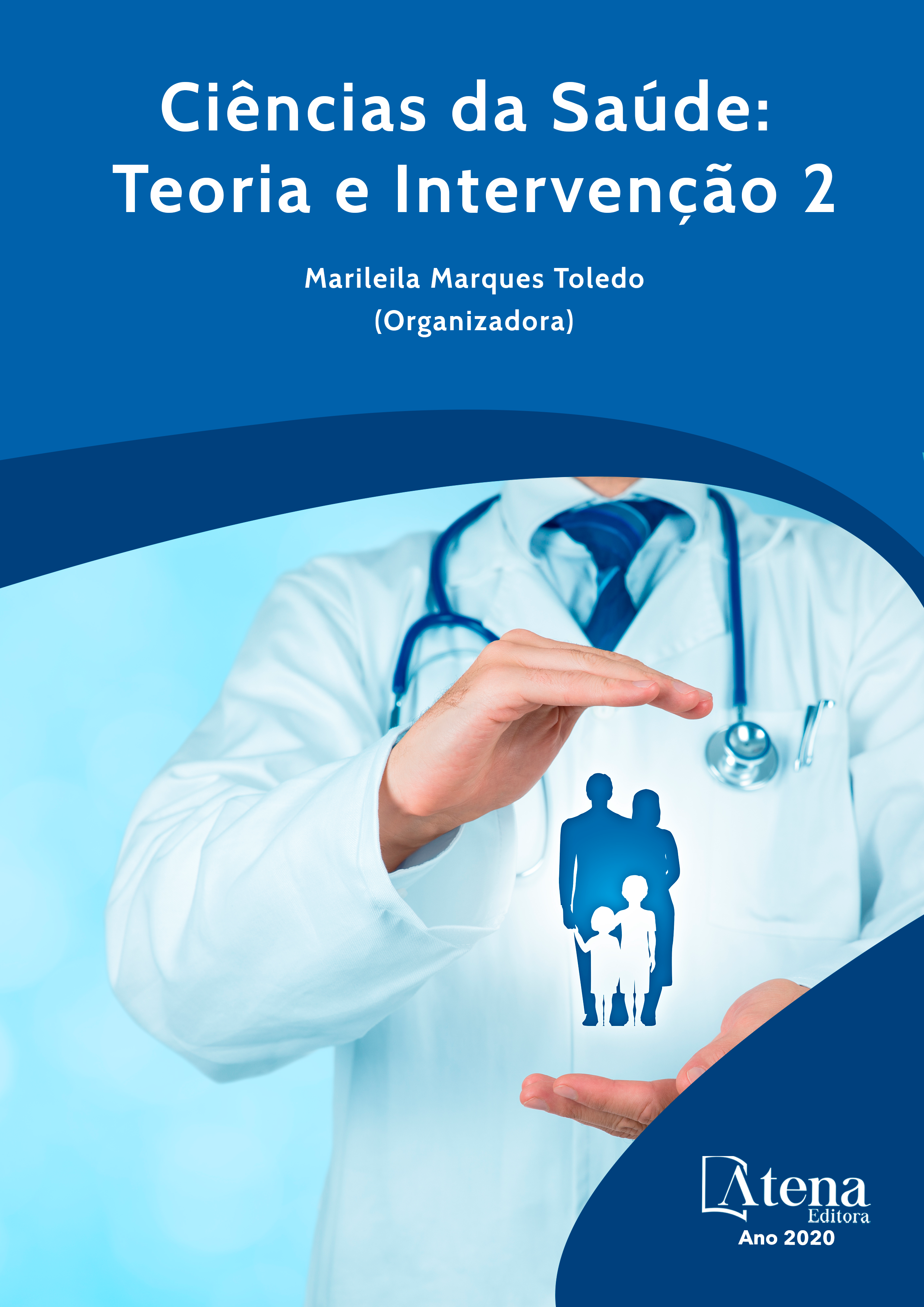
EVIDÊNCIAS DA CONVIVÊNCIA DO INDIVÍDUO QUE VIVENCIA A DOENÇA RENAL CRÔNICA COM O ACESSO VASCULAR PARA TERAPIA DIALÍTICA
Objetivo: revelar o conhecimento de pessoas com Doença Renal Crônica (DRC) acerca das práticas de cuidados com o acesso vascular para hemodiálise. Metodologia: estudo descritivo, exploratório e de natureza qualiquantitativa, com 30 indivíduos em hemodiálise. A produção de dados foi em uma clínica no estado do Rio de Janeiro. Utilizou-se estatística descritiva simples, sob forma de tabelas e gráficos de contingência, calculando-se a frequência absoluta e relativa. Analisou-se o conteúdo temático-categorial. Resultados: 63,33% homens; a média de idade foi de 55,97 anos; 33,33% não completaram o ensino fundamental; 63,33% descobriram a doença há mais de 4 anos; 56,57% retiravam o curativo do acesso antes do prazo; 73,33% observavam o aparecimento de sinais de infecção no acesso. Conclusão: os resultados foram, de modo geral, satisfatórios no tocante ao autocuidado dos pacientes. Contudo, o estudo demonstrou a necessidade de que as orientações para o (auto)cuidado sejam reforçadas periodicamente.
EVIDÊNCIAS DA CONVIVÊNCIA DO INDIVÍDUO QUE VIVENCIA A DOENÇA RENAL CRÔNICA COM O ACESSO VASCULAR PARA TERAPIA DIALÍTICA
-
DOI: 10.22533/at.ed.07020230412
-
Palavras-chave: Enfermagem em nefrologia. Doença Renal Crônica. Diálise Renal. Fístula Arteriovenosa. Autocuidado.
-
Keywords: Nephrology nursing. Chronic Kidney Disease. Renal Dialysis. Arteriovenous fistula. Self-care
-
Abstract:
Objective: to reveal the knowledge of people with Chronic Kidney Disease (CKD) about the care practices with vascular access for hemodialysis. Methodology: descriptive, exploratory and qualitative-quantitative study, with 30 individuals on hemodialysis. The data was produced in a clinic in the state of Rio de Janeiro. Simple descriptive statistics were used, in the form of contingency tables and graphs, calculating the absolute and relative frequency. Thematic-categorical content was analyzed. Results: 63.33% men; the average age was 55.97 years; 33.33% did not complete elementary school; 63.33% discovered the disease more than 4 years ago; 56.57% removed the curative from the access before the deadline; 73.33% observed the appearance of signs of infection in the access. Conclusion: the results were, in general, satisfactory with regard to patients' self-care. However, the study demonstrated the need for orientation for (self) care, be reinforced periodically.
-
Número de páginas: 15
- Suellen Gonçalves Maia
- Virgínia Fernanda Januário
- Rodrigo Leite Hipólito
- brunno lessa saldanha xavier


